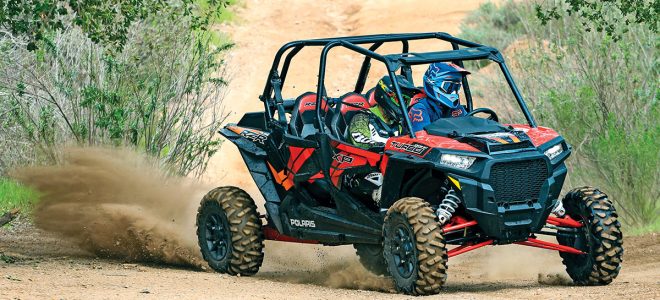Utility Terrain Vehicles are everywhere these days: on scenic trails, in races, at farms and ranches, in the woods, up and down the hills, across bodies of water, and so on. Riding a UTV for work and recreation proves to be more comfortable, safer, and more efficient than using an ATV. Moreover, you can hang them for multiple purposes, from hauling cargo and hunting to exploring nature and quenching your thrill-seeking thirst. But, as things go with all vehicles, you have to be aware of riding safety measures at all times. Do you feel like taking out your UTV for a ride? Let’s discuss safety first!
1. Check Your UTV Safety Apparel
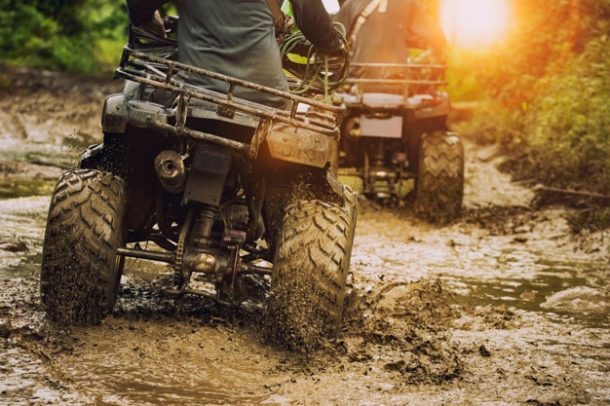
Source: freepik.com
UTV safety apparel does not differ much from motorcycle protective clothes and accessories. If you have some items from last year’s rides, make sure they are still in proper shape. If not, go to a professional store and get the basics:
- Helmets. Preferably DOT or SNELL approved, of the full-face kind. They will keep you alive and healthy even if you don’t believe collisions, rollovers, or crashes are likely to happen to you since you use your UTV primarily for work. Even on the most unpopulated ranches, such accidents could happen, and your enclosed side-by-side cabin can help you so much.
- Goggles and face shields. They add extra protection for your eyes if you ride sandy terrains or areas where dirt and dust can impair your driving abilities or sight. Pro shops also have a diverse range of sports sunglasses you can wear during shiny days on dusty trails.
- Riding pants, vest, and jacket. Long-sleeved pants, shirts, and jackets are the go-to apparel for off-roaders, just as they are for motorists. They offer padding and insulation and sometimes include elbow, shoulder, kneepads, and chest protectors.
- Gloves and seasonal apparel. If you use your UTV in extreme weather conditions or snowy terrains, you should get the appropriate seasonal heavy-duty, waterproof clothes and accessories, including special UTV boots.
2. Invest in Quality Safety Accessories
Most UTVs these days come with solid or net doors, rooftops, windshields, etc. However, if you are into serious off-road exploring, racing, humanitarian aid, urgent interventions in remote areas, or hard work on challenging terrains, extra safety measures are needed. If you visit the RAD Parts’ website, for instance, you will learn what aftermarket parts, mods, and accessories you might need to make your UTV travels safer and more comfortable. From a simple medical kit to professional harness systems, exhausts, clutches, and maintenance tools, getting the parts you need might save your life one day.
When we talk about safety accessories, we generally refer to:
- Seatbelts, drive belts, and drive belt tools;
- Mirrors (rear and sides);
- Windshields – for both hard work and racing, we recommend full windshields to protect the vehicle and the riders;
- Harness systems;
- Hardtops and hard doors;
- Lighting systems – make sure you get proper night visibility; some of the best items are LED bar lights as they won’t consume your battery too much if you leave them on and are bright;
- Communications systems, GPS trackers, intercom systems to keep in touch with the team, and more.
While we understand that adding parts and customizing your UTV does come at a price, you cannot actually put a price on your life or others’ safety. Depending on where you take your UTV, you have an abundant variety of accessories to add that will ensure safe rides for you and your passengers.
Also, make sure you add proper skid plates to your UTV. Riding over rocky slopes, forest terrain, mud or sand is going to give your vehicle a hell of a beating. Skid plates are there to preserve the integrity and functionality of your SXS no matter what terrain you cross.
3. Never Take the UTV Out Without a Full Tech Checkup
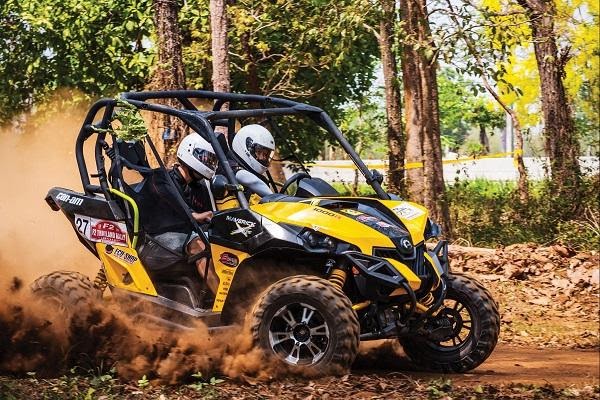
Do you take your car or motorcycle out for a long, challenging drive before a checkup? Well, you shouldn’t. When it comes to UTVs, no matter how safe they are as construction goes, you need to keep an eye on a minimum of basic safety requirements:
- Tire pressure;
- Visible signs of tire wear, tear, puncturing, etc.;
- The tightness of wheel and axle nuts;
- Fully functional lights, gauges, switches, displays, etc.;
- Proper fuel, lubricant, and coolant levels;
- Fully efficient cargo racks and boxes, drivetrain, and suspensions.
Most UTVs come with user manuals that describe the checks you need to perform before taking the vehicle out for a day of work or a weekend of hunting, trailing, or scenery explorations. A pre-ride inspection is, hands-down, the easiest way to prevent accidents and vehicle malfunctions.
4. Respect Laws and Regulations
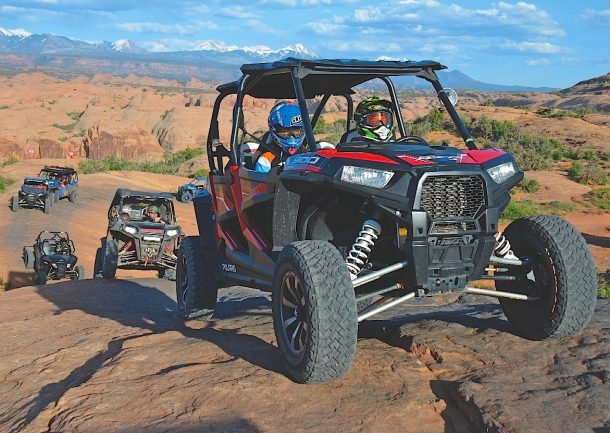
Source; utvactionmag.com
It is a no-brainer, but someone has to say it. The first rule of riding a UTV safely is to follow regulations and laws. As you probably know, you cannot roam the streets with a UTV (or ATV, for that matter) and expect no legal consequence. You can make your UTV street legal, but it depends on the state you live in and the parts you add to customize it.
So first, you should be able to drive a trailer from your city home to your off-road destination. If you live on a farm/ranch, you should test-drive any new UTV to familiarize yourself with its controls, driving style, terrain, etc. Just because you rode a UTV once, it does not mean you can ride any UTV model on the planet.
The second rule – and it is one to rule them all – is to keep things legal and safe at all times. Speeding, driving under the influence, driving with more passengers than seats, ignoring the use of seatbelts, texting while riding, etc., are all accidents waiting to happen.
5. Regular, Thorough UTV Maintenance
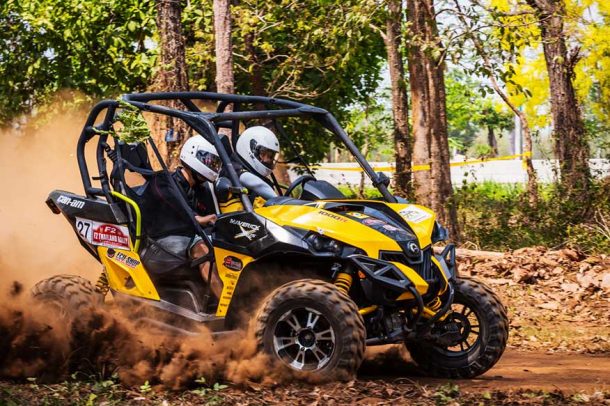
Source: cardosystems.com
Just because you use your UTV only on your flat farm terrain, it does not mean you can skip on its maintenance. By it, we don’t mean just checking the tires or the fuel tank. UTVs, just like motorbikes and cars, needs thorough, frequent, and consistent maintenance. Your user manual will provide you with all the necessary information regarding regular maintenance. If you feel there is something wrong with the vehicle, take it to a pro shop for inspections and repairs.
Bottom Line
Side-by-sides are incredible technological wonders, and they seem to be resilient to anything, from boulders to desert dunes and slippery wet forest leaves. However, check with the manufacturer and user’s manual to understand better what regular maintenance means. Keeping things in check also ensures that you, the insurance policy, budget, and everyone else are safe.
Are you using a UTV for work, recreation, or both? What other safety tips can you share with off-road enthusiasts and side-by-sides owners?

